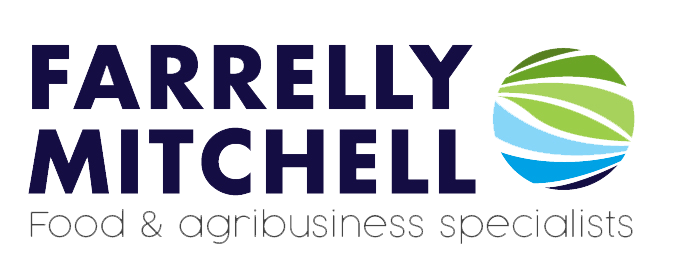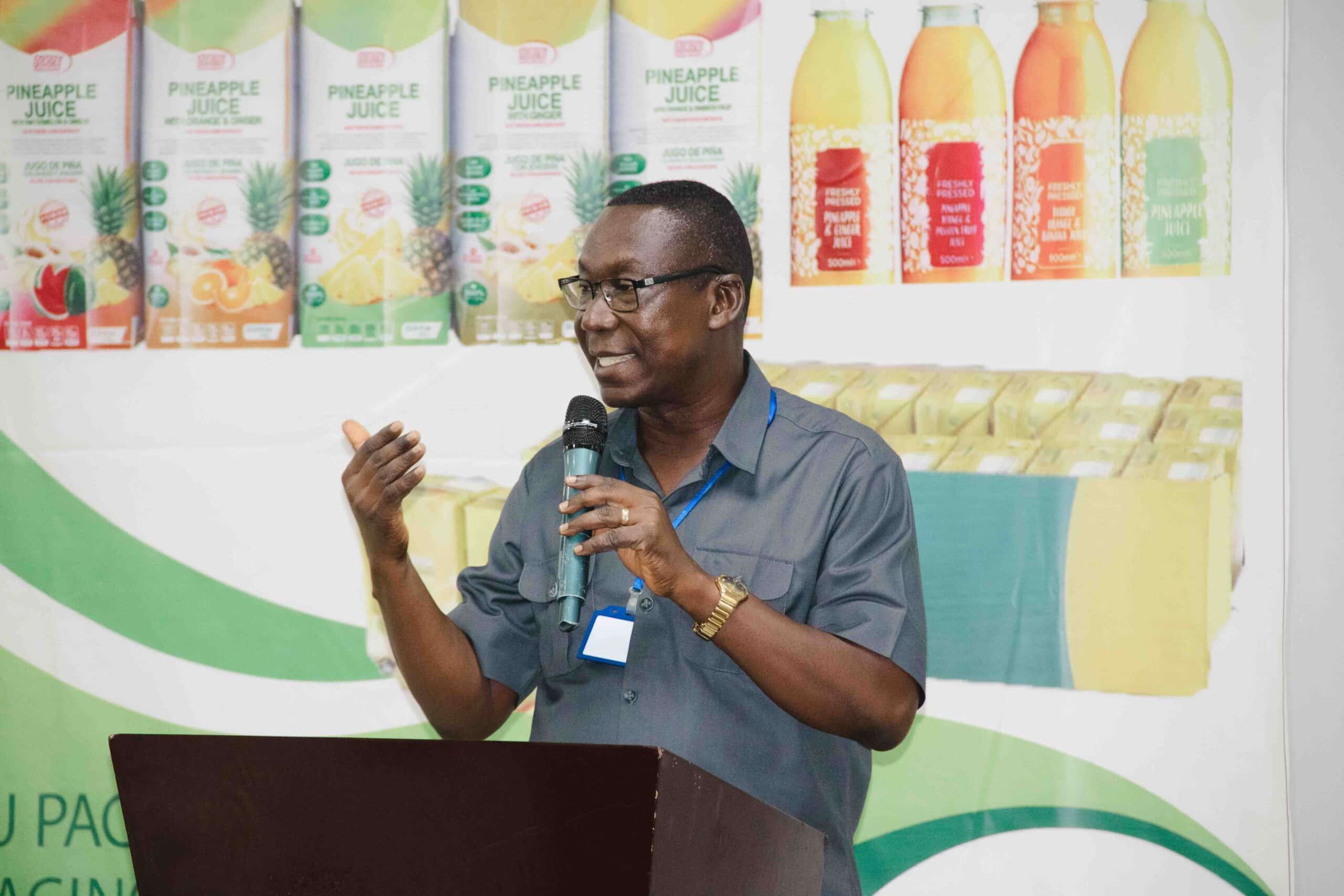With food accounting for 25% of global emissions, concern is mounting about how the food industry is impacting our environment. The agri-food system will undoubtedly play a significant role in curtailing global greenhouse gas emissions, and carbon emission labels are emerging as a promising way to help achieve this.
Carbon emission labels enable food producers to display information about their carbon footprint on their packaging. They provide transparency to consumers, enabling them to make informed choices about the environmental impact of their food purchases. They also provide a benchmark for food producers, enabling them to assess their own practices against industry standards and, in doing so, create a market-driven incentive for food and beverage producers to improve their environmental performance across the entire supply chain.
This article delves into the impact that carbon emission labels can have on the food and beverage industry, their influence on consumer behaviour and their future trajectory.
Consumer push for climate impact data
Consumer interest in food product traceability and environmental footprinting continues to grow. In Europe, 58% of consumers consider a product’s climate impact important when purchasing food or beverages, and more than half prioritise brands that reveal their carbon footprint.
This heightened interest in climate impact is also further reflected in their preferences for carbon labelling, with a significant majority, 76% of European consumers, expressing a desire to see the carbon footprint of food items clearly displayed on labels.
European consumers have also demonstrated a willingness to pay a premium for such goods, with as much as 80% of European consumers indicating that they are willing to pay a premium of 9.7% for sustainably produced or sourced goods.
In response to this demand, numerous food producers have started implementing carbon emission labels. For instance, Oatly, a Swedish oat milk producer, has been publishing climate impact data on its products’ packaging in the UK since 2019. Similarly, Danone currently displays carbon footprint labels on their bottles of Evian in the USA and Canada. Food service outlets are also embracing this trend, with well-known dining establishments such as Benugo using carbon labelling in their UK cafés and restaurants.
Carbon labels and their effectiveness
Carbon labels come in many shapes and guises. Traffic Light Labels (TLLs), and ordinal rating labels are used to convey emission levels to consumers in a simple and intuitive way. On the other hand, quantitative labels provide detailed information such as the exact CO2e emissions per kilogram. More recently, combined ordinal and quantitative labels have provided consumers with the best of both worlds, enabling them to quickly gauge a product’s environmental impact, while also having access to exact emissions figures.
Unfortunately, this lack of standardisation also extends to how the carbon emissions are calculated. Carbon emission labels are not set to specific standards or measuring methodologies. The absence of such standards leads to a high degree of variance in calculations. This lack of consistency can lead to confusion and hinder meaningful comparisons between products. This is further complicated by the fact that some businesses may try to offset or reduce their figures by undertaking carbon capture initiatives such as planting trees, or developing renewable energy programs.
In addition to this, it is also worth considering that calculating the true carbon footprint of a product requires considering emissions from every stage of the life cycle. This covers everything from ingredient production and manufacturing, through to packaging, distribution, refrigeration, and even disposal. This is inherently difficult as many of these business processes are opaque, and as such, it is difficult to gather accurate data and assess the true carbon toll.
As carbon labelling becomes more prevalent, there is a growing need for standardisation both in terms of the types of labels that are used and the metrics which the emissions are calculated.
How carbon emission labels are driving innovation, sustainability and policy
Carbon emission labelling has the potential to catalyse sustainable practices across the supply chain, by driving producers to optimise their environmental performance. This pressure to achieve lower carbon footprints should lead to significant innovation in food production and processing methods. Advancements in technology have already played a significant role in improving data accuracy and expediting life cycle assessments and the use of artificial intelligence and blockchain technologies could further enhance transparency and supply chain efficiency in the future.
Government policies are also driving the food and beverage industry to reduce its carbon footprint and improve its supply chain transparency. The EUDR, the European Green Claims Directive and other regulatory measures are pushing food and agribusinesses towards more sustainable practices, compelling them to adopt more rigorous environmental standards and reporting protocols. More recently, the EU Commission’s sustainable food systems framework is expected to introduce comprehensive legislation aimed at transforming food systems across the EU. This framework will likely establish mandatory sustainability requirements, which will include carbon footprint reduction targets and enhanced traceability obligations. Naturally, this will have a significant impact on carbon labels and is likely to shift the industry towards more standardised carbon labelling practices.
Future of carbon emissions labels
Increasing consumer awareness and policy support will likely drive wider adoption of carbon emission labels in the near future. This may well have a transformative impact on the food and beverage industry. By empowering consumers to make informed choices and encouraging food producers to adopt more sustainable practices, carbon emission labels can significantly contribute to reducing the industry’s carbon footprint.
To prepare for this eventuality, food and beverage organisations should assess their current environmental impact and supply chain operations, consider investing in technologies that enhance transparency and efficiency, develop strategies to source ingredients more sustainably, and align their production processes with emerging regulatory demands. Embracing these changes will not only prepare them for future regulations but also provide them with a competitive advantage over businesses that fail to demonstrate a measurable commitment to sustainability.
At Farrelly Mitchell we support businesses as they seek to align their operations with shifting consumer demands and regulatory changes. Our sustainability experts have decades of experience developing environmental compliance strategies, implementing operational improvements and optimising supply chains.
We help food and agribusiness companies to meet ESG targets, improve traceability and transparency and integrate sustainability into their core business models. Contact us today to transform your operations and supply chains into sustainable, value creating engines for your business.














